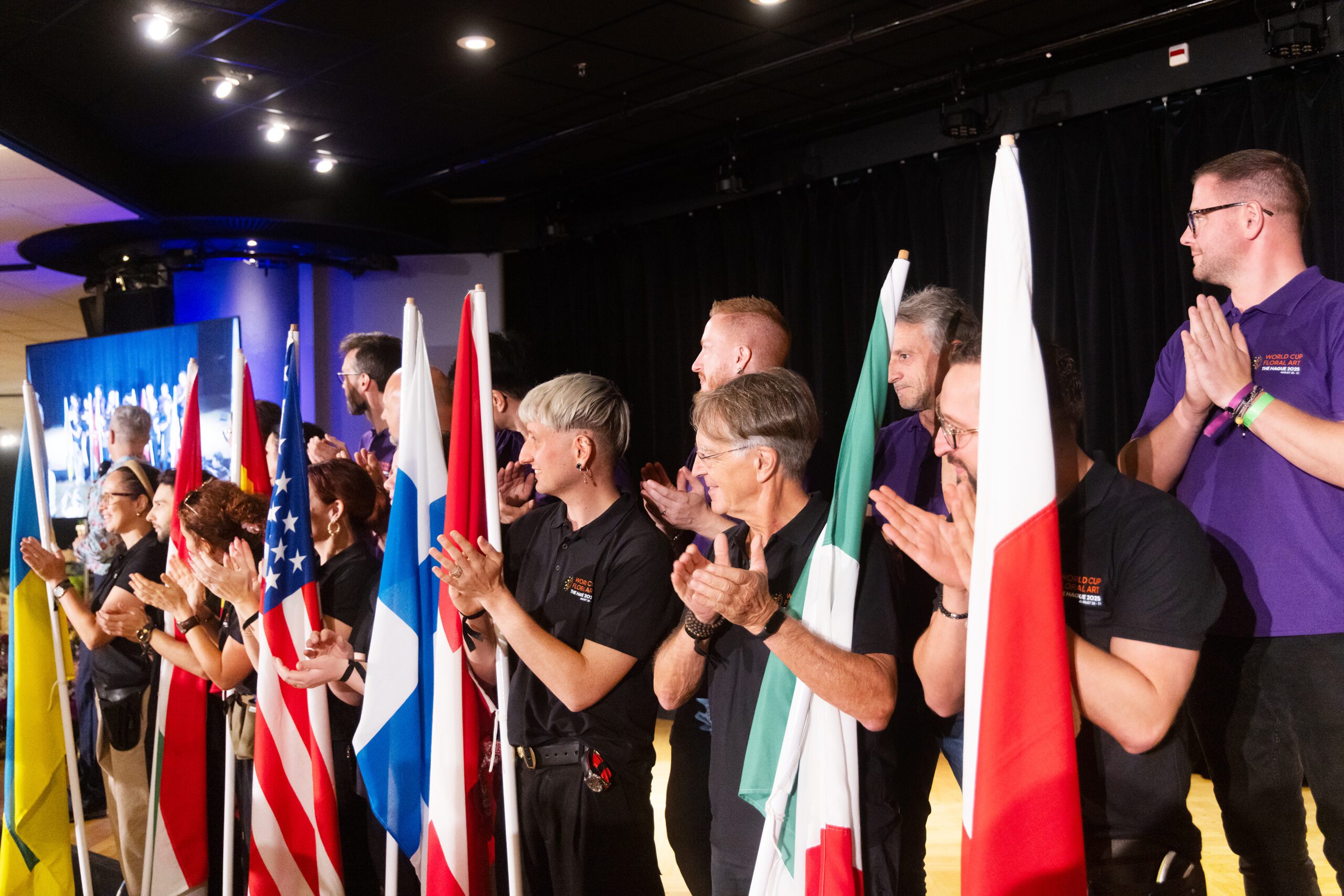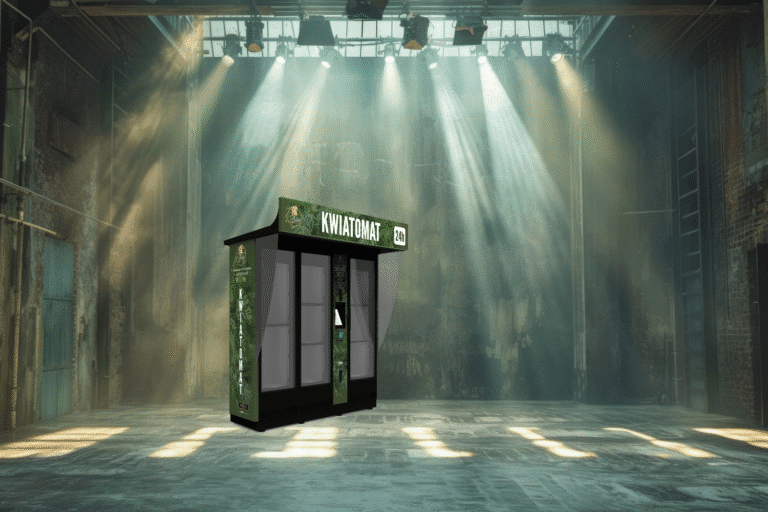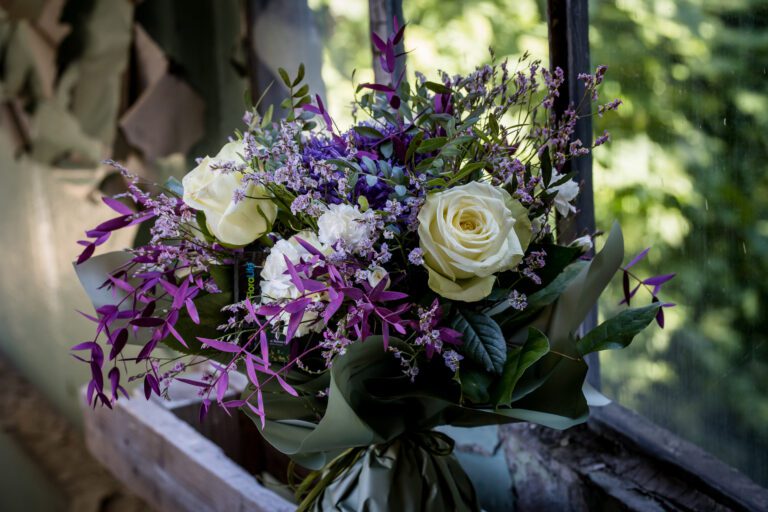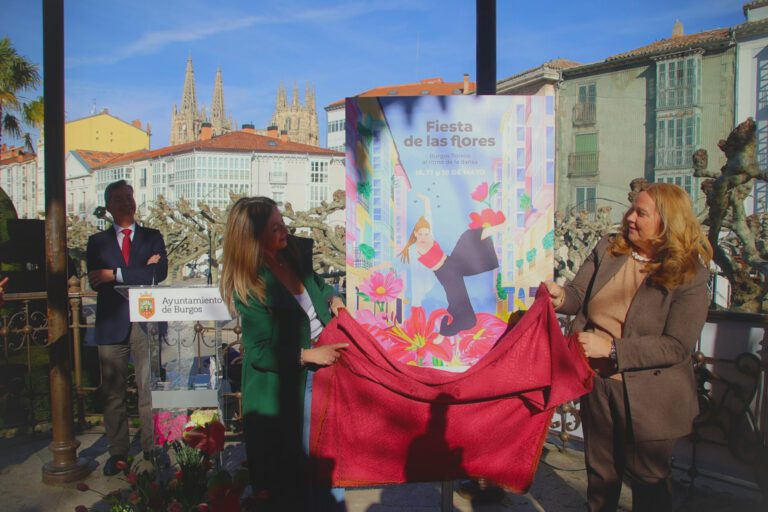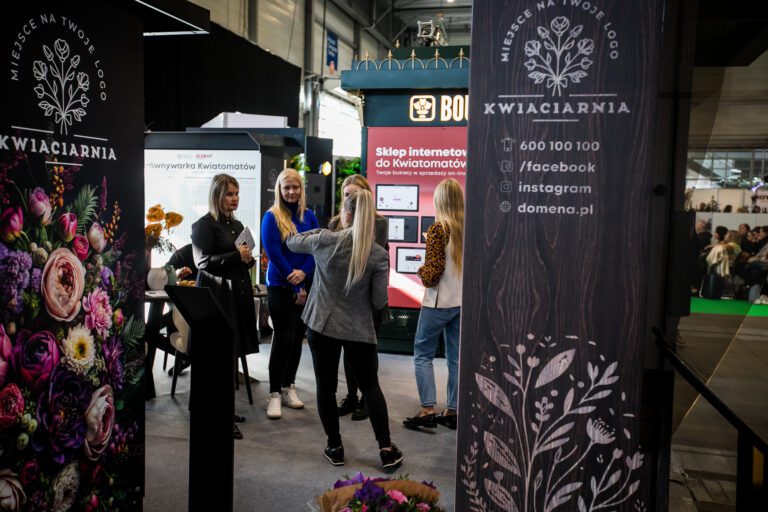World Cup Floral Art 2025 – How Do the Floristry World Championships Work?
Floristry is not only about everyday work in a flower shop, wedding bouquets, or occasional decorations. It is also an art form – one that even has its own World Championships. The World Cup Floral Art, organized every four years by FLORINT (the International Florist Organisation), is the most prestigious event in the industry calendar – the equivalent of the Olympic Games, but in the world of flowers.
This year, the host city was The Hague. From August 28 to 31, 2025, the best florists from over 20 countries gathered to showcase their skills in six challenging competitions. Each competitor is the winner of their national selection, and the chance to appear on this global stage is the crowning achievement of many years of learning, practice, and dedication.
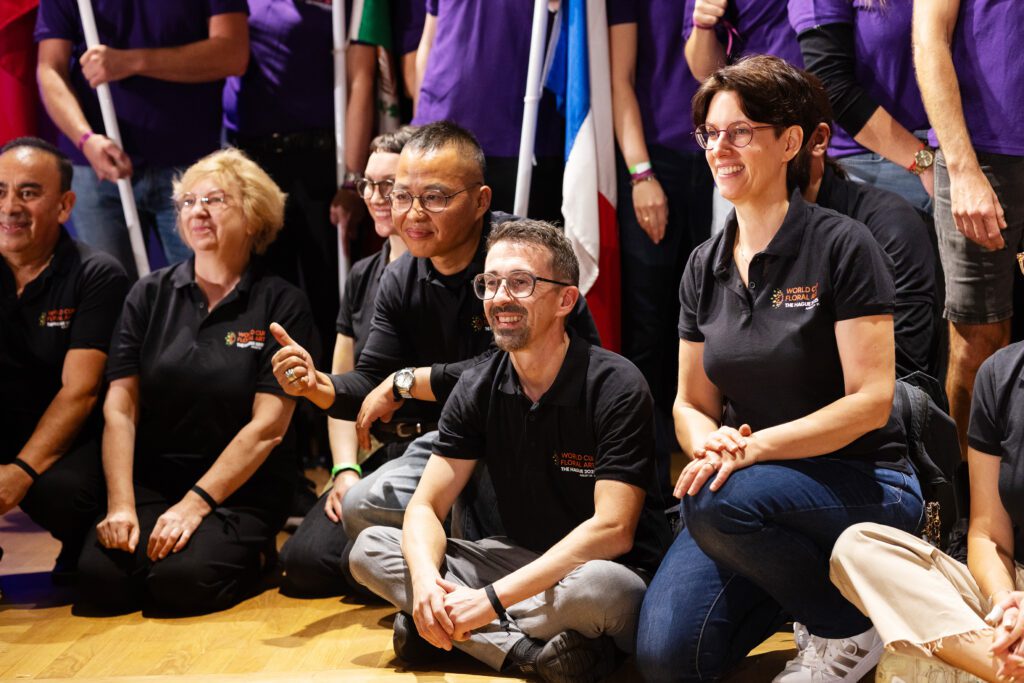
What did this year’s challenges look like?
The contest was divided into six tasks, each designed to test different aspects of floristry – from planning and preparation to creativity under unexpected circumstances.
The opening challenge paid tribute to the host country’s tradition. Competitors were asked to create a design inspired by the iconic Dutch tulip vase. This multi-tiered vessel required a composition with at least three vertical levels, stable and durable enough to last for several days. Maximum dimensions were set at two meters in height and one meter in width, with a working time of 120 minutes. Already at this stage, it became clear who could combine imagination with technical precision.

Subsequent stages were semi-surprise tasks. Florists knew the theme and form of the assignment but only discovered the flowers and materials once in The Hague. This demanded flexibility, quick decision-making, and the ability to creatively use what was available on the spot.
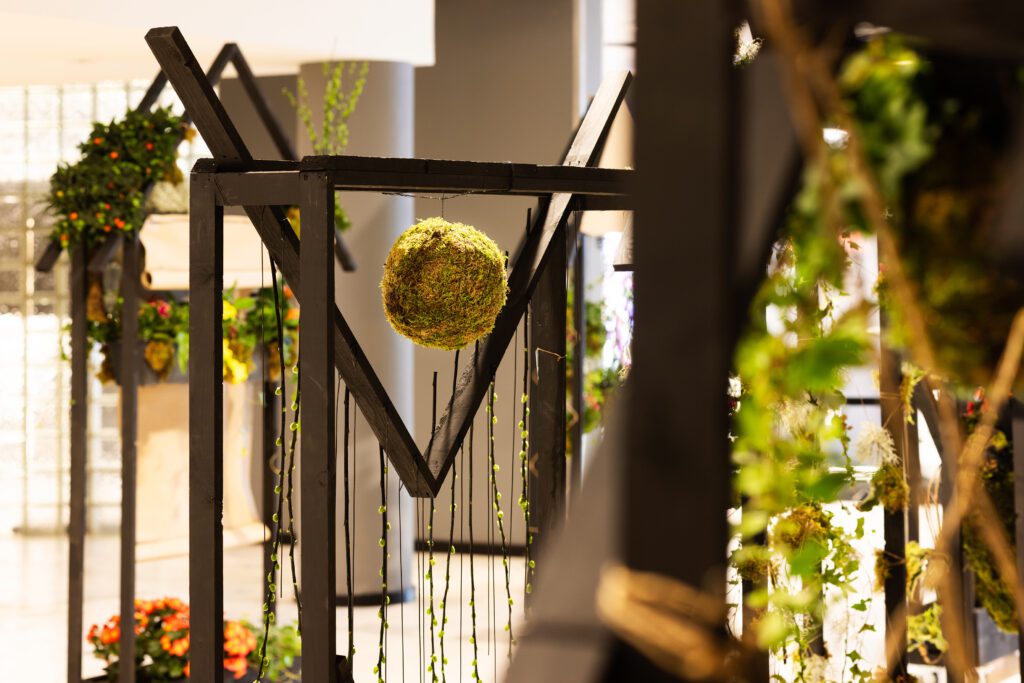
There were also pre-prepared challenges. Competitors brought constructions they had designed and worked out long before the championships and assembled them in front of the jury and audience. Here, originality, attention to detail, and artistic consistency mattered most. One of these was the bouquet “A Touch of Rose Gold”, a task that required blending elegance with a modern design approach.

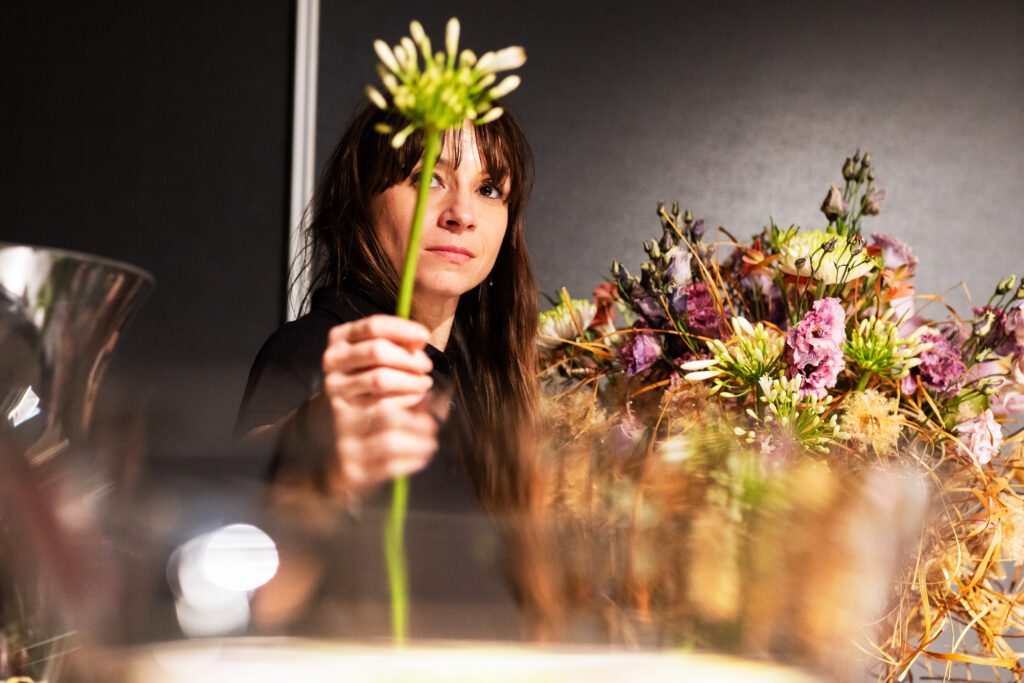
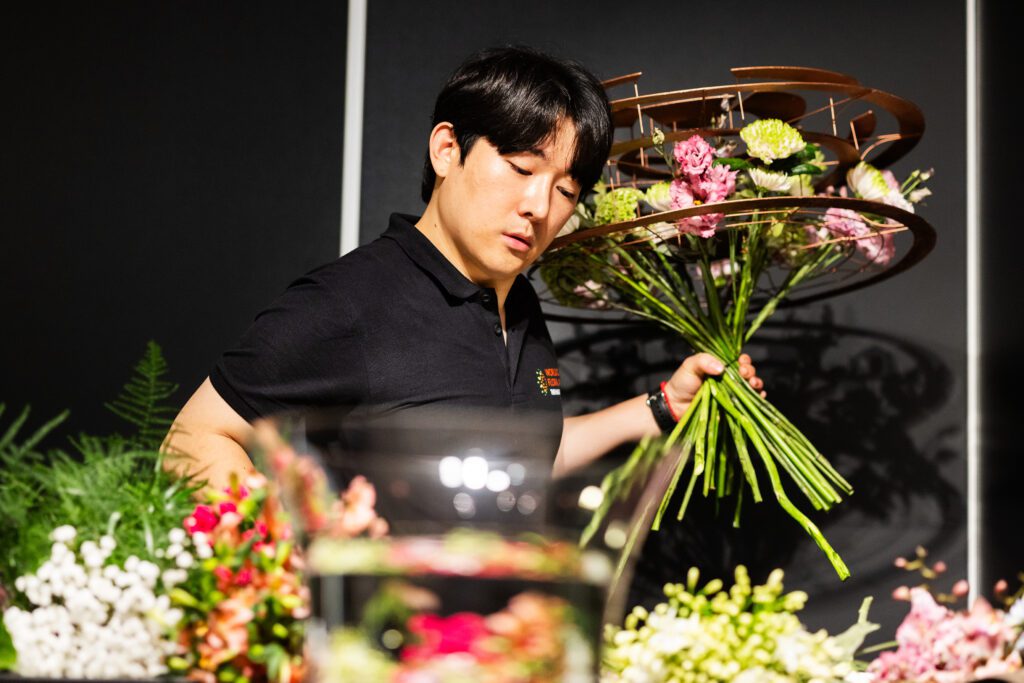
The most intense emotions were reserved for the final challenge. Only the top ten florists advanced to this decisive round. Their task was revealed only on stage – with no prior preparation, limited time, and restricted materials. This was a true test of character, where technical mastery had to be paired with improvisation skills and stress management.
How are floral works judged?
For many florists, the biggest mystery is how such diverse artistic works can be fairly compared and scored. The answer lies in the transparent judging system developed by FLORINT and used by the international jury.
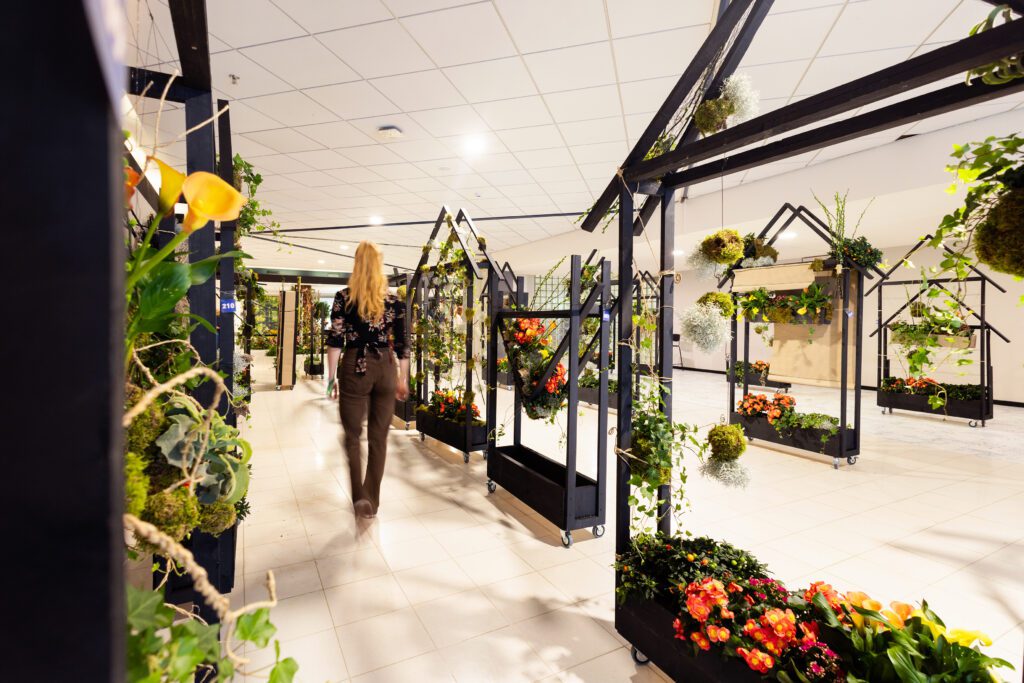
Each task is judged on a 100-point scale, with scores awarded across several categories:
- Idea and creativity – innovation, originality, and surprise elements.
- Colour and harmony – choice of colours, proportions, and visual balance.
- Composition and form – construction, proportions, spatial use, and overall coherence.
- Technical execution – workmanship, durability, and the use of plant material.
The jury consists of renowned florists and experts from around the world, representing the international FLORINT panel. With a digital scoring system, results appear quickly, and the judging process remains transparent. The overall winner is decided by the total points earned across all tasks.
Why is this event important?
The World Cup Floral Art is more than a contest. It is a platform where trends are set, where the direction of modern floristry is shaped, and where inspiration spreads across the entire industry. The works of champions appear in magazines, catalogues, and floristry schools, inspiring generations of designers.

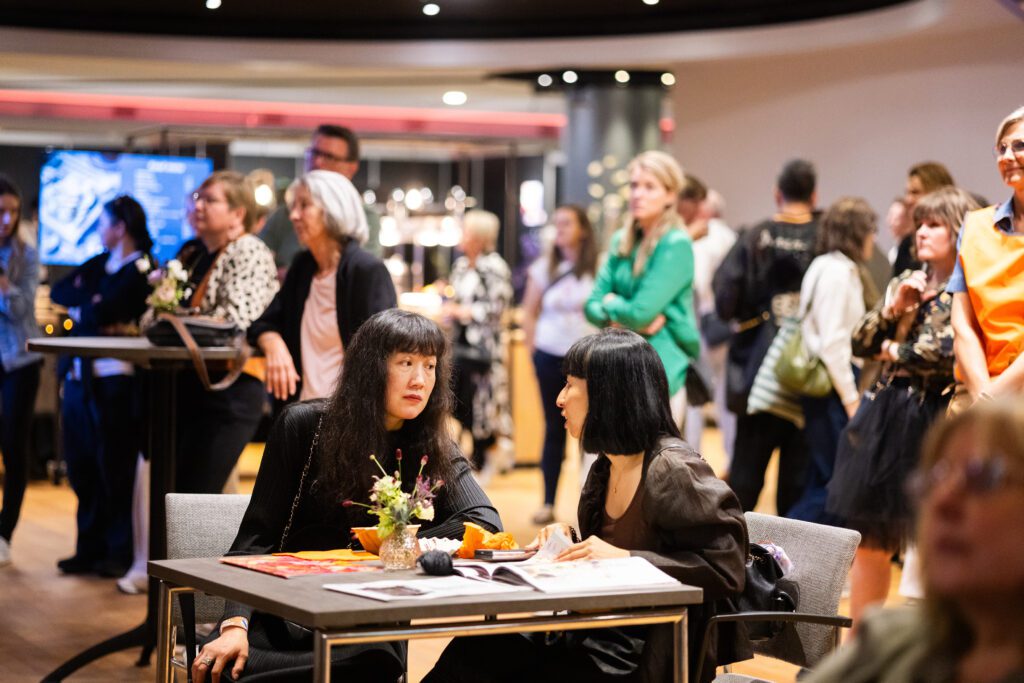
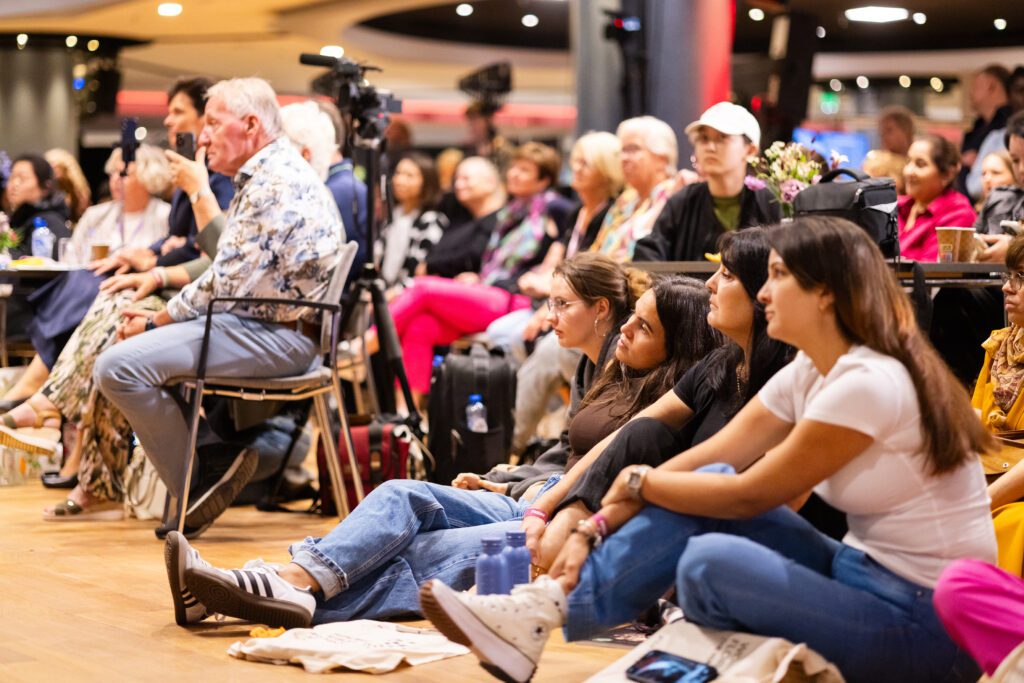
For participants, it represents the peak of their careers. For audiences, it is a breathtaking show full of colour and artistry. And for the profession itself, it is proof that floristry is an art form with its own rules, language, and international stage.
World Cup Floral Art 2025 in The Hague has once again proven that flowers can be more than decoration – they can be tools of artistic expression, bridging tradition with innovation and showing the true power of passion and imagination.
Florist’s Cheat Sheet – How Are Designs Scored at the World Cup Floral Art?
🔹 Idea and creativity – innovation, originality, surprise elements
🔹 Colour and harmony – choice of colours, proportions, balance
🔹 Composition and form – construction, proportions, spatial use, coherence
🔹 Technical execution – workmanship, durability, use of plant material
🔹 Scoring system – each task is judged out of 100 points
🔹 Overall result – the total score from all tasks decides the winner
🔹 Jury – international FLORINT experts using a standardized system
Photo credits: Fotostudio Gerard-Jan Vlekke / Fotovaka
